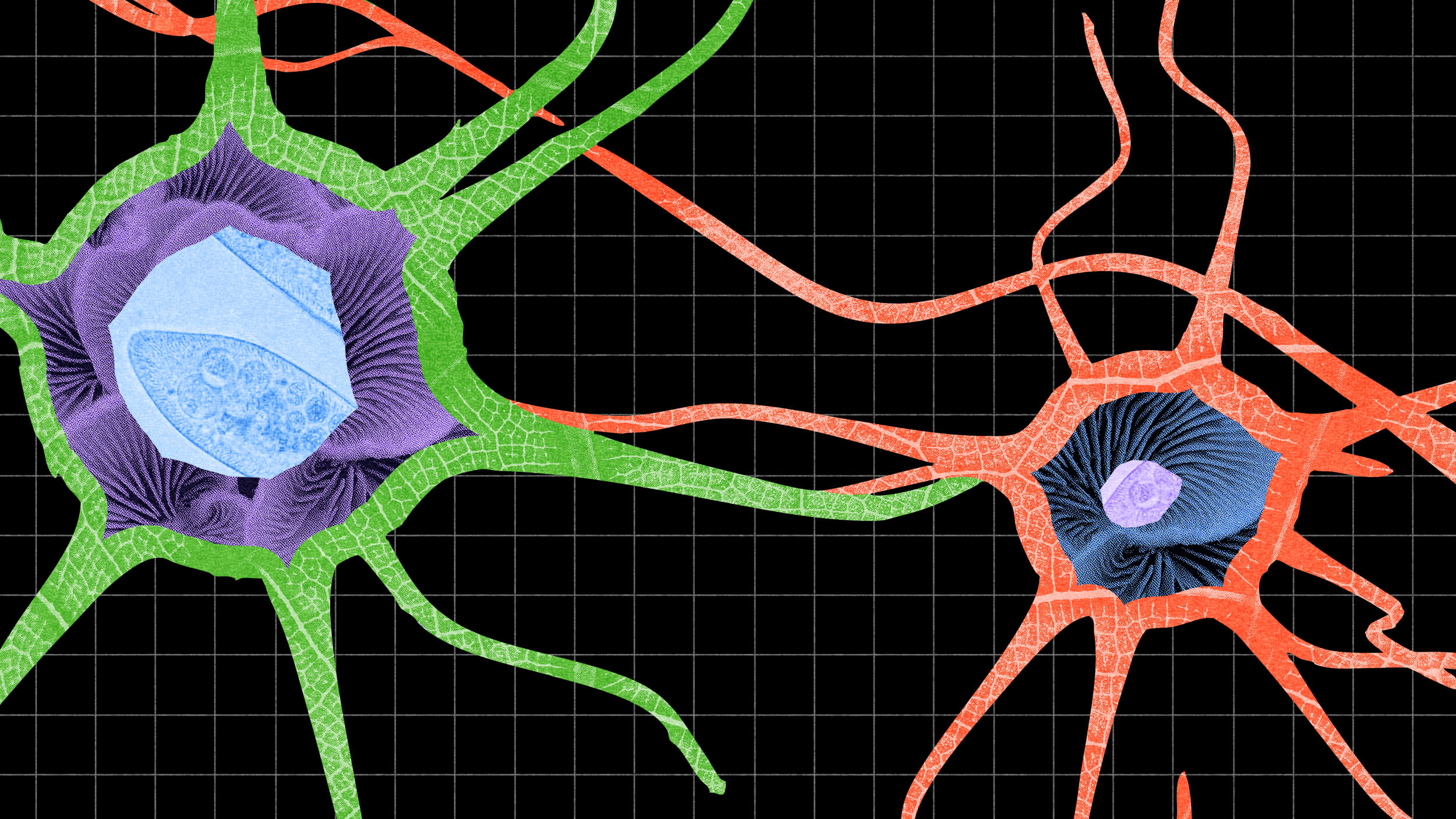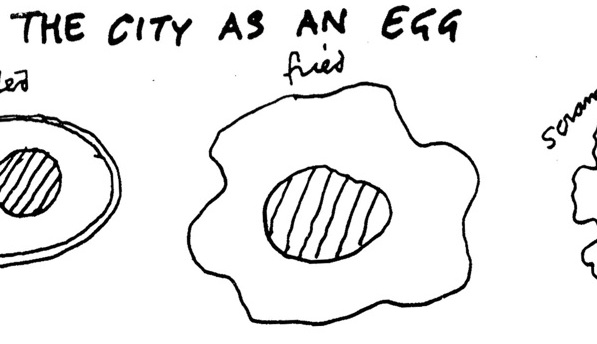Why Do We Sigh? Honoring the Ig-Nobels, Continued

Today, another Ig-Nobel Prize installment, this time from the actual winner in Psychology, Karl Halvor Teigen. The question: why do we sigh? Is a sigh, as that all-time greatest song in the all-time greatest film suggests, just a sigh? Or is it a signal of something more?
In a series of studies, Teigen and his team became the first researchers to investigate just that—what we are signaling when we let out a sigh. Are sighs associated with specific emotions? Specific situations? Specific thoughts? When we sigh, do we view it in the same light as when we hear a sigh from someone else? Do we react in the same general way to every sigh, or is each instance a sigh of its own? In other words, is a sigh ever just a sigh?
All sighs are not created equal
First, the experimenters simply asked a group of students to describe associations with sighs by using standard questionnaires aimed at capturing emotional states (such as boredom or being in love), activity (such as active versus passive or quick versus slow), and potency (such as strong or weak and intense or subdued). They found that while sighs most often bring out negative emotional associations, such as sadness, disappointment, frustration, irritation, weariness, and longing, they are seen as neither particularly intense nor particularly threatening expressions. And more often than not, they are associated with one state in particular: giving up. What’s more, unlike smiles or laughter or other common emotional expression, sighs are seen as more of a private than a public emotion. In other words, people think they are more likely to sigh in a solitary setting.
But how realistic are these abstract associations? The next stage was to test them in actual social vignette settings, such as someone sighing on a bench or in a cafeteria, or while opening a letter or talking on the phone to a friend. In this interactional setting, people reported negative emotions ten times more often than positive ones, but in addition, two new elements emerged. First, sighs were perceived differently when someone sighed in public than when that same person sighed in private. In public, a sigh was seen as expressing frustration, boredom, or resignation, while in private, it was seen as a gesture of sadness. Moreover, sighing for me was not the same thing as sighing for you. If I see you sigh alone, I think you are sad. But if I sigh, I am merely frustrated. And what do others think when they see me sigh? Well, maybe that I’m bored—but probably not that I’m sad. Why would I be sad?
This last point goes back to the old psychological principle of self-other perception: given identical circumstances, we tend to see others differently from how we see ourselves. Specifically, in most western cultures—this isn’t the time to go into cross-cultural psychology, but the effects do change depending on the society and its cultural norms—when we experience something, we ascribe it to external events (“I sigh because I’m frustrated with this situation”), but when we see someone else experience it, we ascribe it to a state of being (“she is sighing because she is unhappy”). A sigh for me means something completely different than a sigh for you – even if we are both sighing in response to the same objective fact. But interestingly enough, we tend not to take that reasoning to its logical conclusion, namely, that others should see me as sad because I see others as sad; instead, we think that we are an exception and that everyone else knows it. Talk about a me-centric universe.
A sigh of frustration – but you didn’t see it!
In a final experiment, Tejgen and colleagues presented participants with two problem-solving tasks, the first a difficult but solvable one, the second, an easy-seeming but in reality, impossible one. The students were instructed to work as long as they wanted to, and told that they could give up at any point. If they persisted, they were cut off after ten minutes. In the meantime, observers were looking at how often and when they sighed.
What the researchers found was that most everyone sighed, and quite frequently at that. Most often, the sighs came in breaks between unsuccessful attempts at a solution. And surprisingly, most people did not remember having sighed at all—and some continued to deny it even when told that they had been observed.
Sighs, it seems, are indeed natural in frustrating settings, coming almost subconsciously to those who are struggling through a problem that is resisting their attempts at a solution. But did I sigh? Of course not. I would only sigh in private—it would be rude in public! Others in the experiment, sure, but not me. You tell me I sighed? Funny. I don’t remember that at all. You must be mistaken. It was someone else. I’m sure it was someone else.
So is a sigh simply a sigh? The answer, it seems, is as complicated as that of most emotions. It depends. Obviously, much work remains to be done to determine the whats, wheres, and whys of sighing, but such research is time well spent. Not only does it teach us about how and why we feel, but it sheds light on how we see both ourselves and those around us and offers a rare window into some of the emotions that are contained just below the surface of awareness, making it out into the world in the guise of gestures and expressions like the sigh, but escaping our own notice all the same.
If you’d like to receive information on new posts and other updates, follow Maria on Twitter @mkonnikova
[Photo credit: Creative Commons, from TMAB 2003 Flickr photostream]





